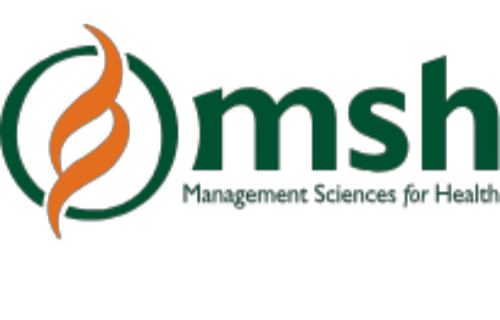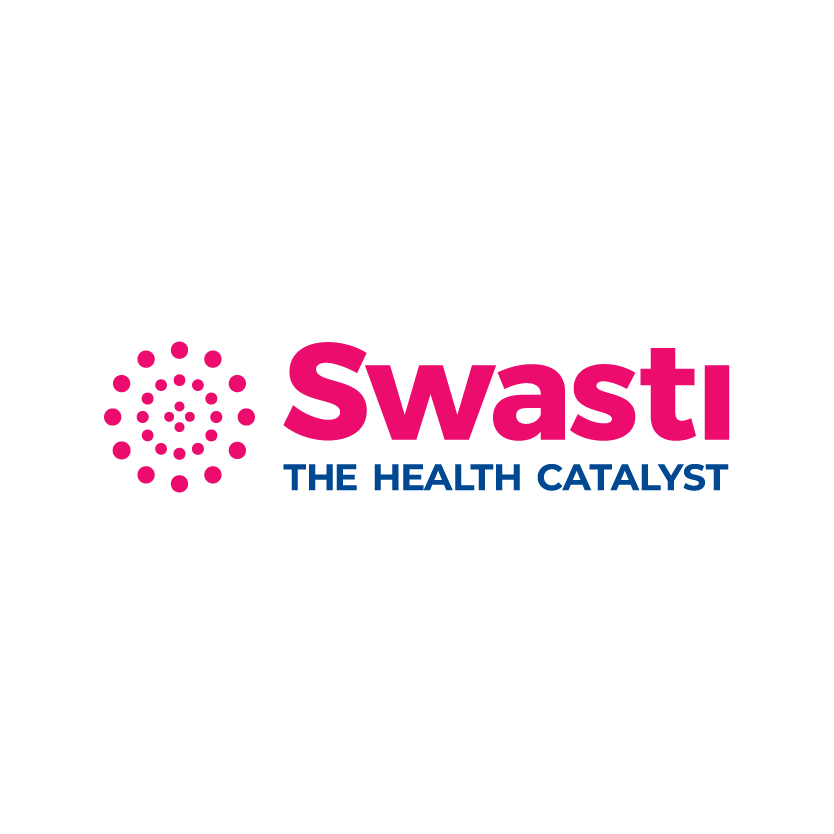

This section hosts guidelines, manuals and toolkits to strengthen public health practice.
Resources
FILTER
BY CATEGORY
View All
Learning Loss and Student Dropouts during the COVID-19 Pandemic: A Review of the Evidence Two Years after Schools Shut Down
26 Jun 2022by Laura Moscoviz and David K. Evans 20 MIN READ
Soon after schools began closing, researchers and organizations began simulating potential learning loss. Kaffenberger (2021) estimated that a three-month school closure could translate into as much as a year of learning lost. Azevedo (2020) forecast a global increase in “learning poverty” (i.e., children unable to read with comprehension by age ten) of about ten percentage points (from 53 to 63 percent); later estimates predicted significant lost earnings as a result (Azevedo et al., 2021). Models based on Sub-Saharan African data predicted up to almost three years of learning loss (Angrist et al., 2021a; Sabates et al., 2021), with impacts enduring for many years to come (Gustafsson and Nuga Deliwe, 2020). Organizations also predicted that some students would not return to schools when they reopened. 23.8 million students were estimated to be at risk of dropping from school globally (UNESCO, 2020). Concerns were also raised for the most vulnerable children, especially girls that might be forced into early marriage and pregnancy during school closures.
Two years after schools began closing, dozens of studies in low-, middle-, and high-income countries have estimated the short-term impact of the pandemic. In this review, we bring together 29 studies on learning loss and 15 studies on dropout rates, including studies covering both. We find that children’s learning has been negatively impacted by the COVID-19 crisis in most studies. The evidence for average learning loss is more consistent in high-income countries, but in virtually every case (in both high-income and low-income settings), learning loss is concentrated among the poorest children. A wide variation was observed in dropout estimates across countries, ranging from 0.14 percent to 35 percent, likely underlining differences in contexts, both in baseline dropout rates and other schooling norms. Dropout rates are consistently higher for adolescent students.
The findings of this paper suggest value in targeting learning remediation efforts toward the poorest students and
return-to-school efforts among adolescents. The research complements earlier synthesis work on
education by Donnelly and Patrinos (2021), completed when only eight studies on learning
loss and one study on dropout rates were available, all from high-income countries. And also complements broader synthesis research on children’s and adolescents’ well-being (such as
Baird et al., 2021).
Related File :
9388496641.pdfCategories
COVID-19

 EXPLORE DATA
EXPLORE DATA 



























